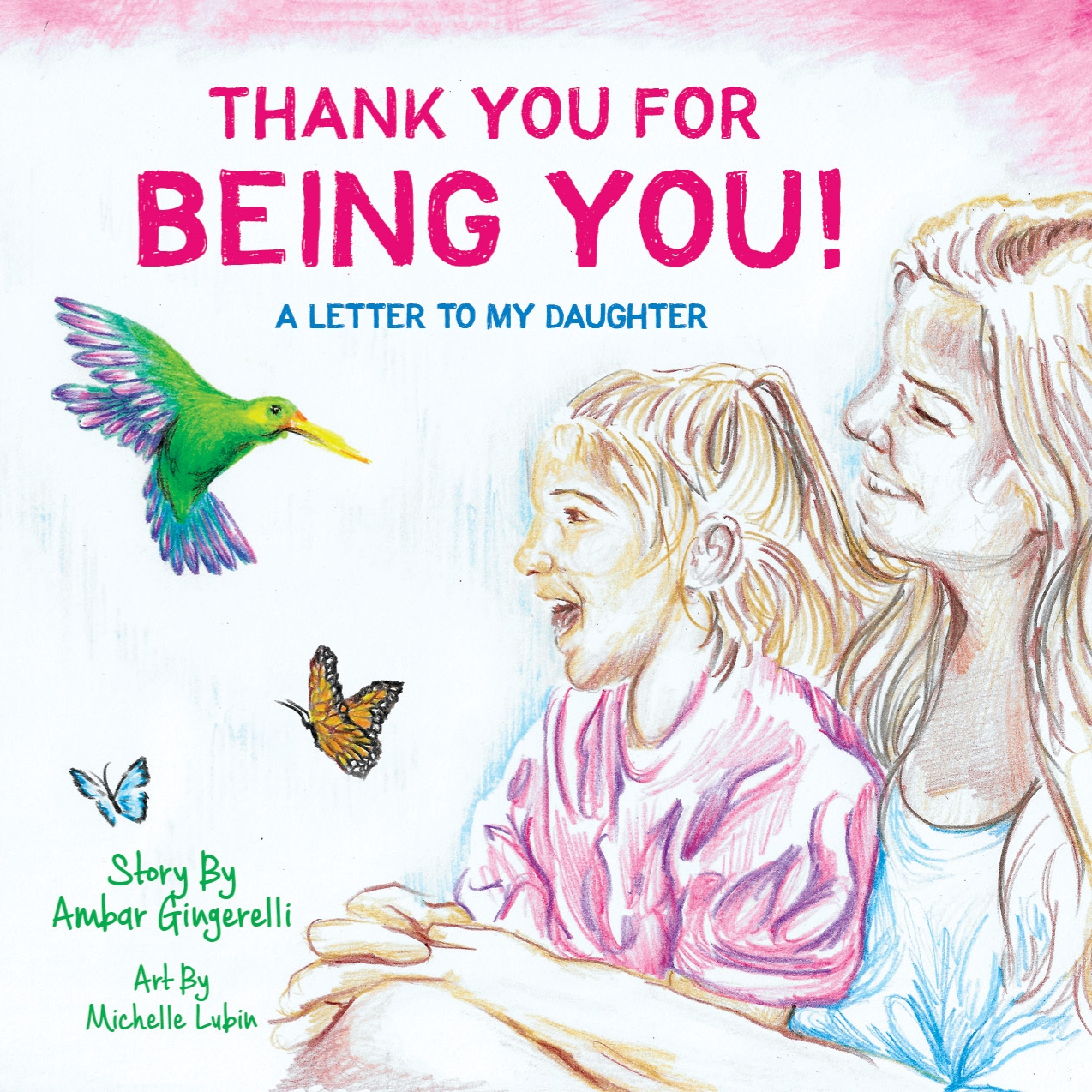
There are many benefits of having a meditation practice. Meditation is said to relieve stress, promote happiness, improve concentration, and increase energy. I’ve been meditating for several years, and I honestly believe that it is the #1 skill that has helped me to manage my anxiety and become a calm, peaceful, and happy person. There are a lot of misconceptions about what meditation is and I want to clear some of those up. Meditation is not something that is just for monks and yogis who are totally zen all of the time. You don’t have to sit in quiet stillness for hours in order to have an effective meditation practice. This guide will show you that meditation is for real people just like you and me. Here are my 5 guidelines for starting a meditation practice.
1) START SMALL
My #1 tip for anyone looking to begin a meditation practice is to start slow. It is unrealistic to think that you can sit still and meditate for 20-30 minutes per day if you’ve never done it before. Start with a commitment to meditate for 2-3 minutes per day. A few minutes a day is all it takes for you to reap the many rewards of meditation. Everyone can spare 2-3 minutes, so there is no excuse not to get started now!
2) BE CONSISTENT.
Consistency is key when establishing a meditation practice. Take a look at your schedule and decide when and where you can fit a few moments of meditation into your life. Can you wake up a few minutes early to sit in stillness before your family wakes up? Can you take a short break at lunchtime to go sit outside, or in your car and meditate? Can you dedicate some time before bed to set up your meditation practice? Figure out what will work for you, and then commit to meditating at that time everyday for a week. After a week, you can reassess and decide if this is working for you. If you find that you are hitting snooze instead of waking up to meditate, maybe you should try meditating in the afternoon instead. If you wanted to meditate at night before going to sleep, but find that you were too tired and fell asleep every time you sat down to meditate, maybe an evening meditation is not the right fit for you. It may take some trial and error, but with a little bit of commitment, you will figure out the time of day that works best for you.
3) USE A PERSONAL ANCHOR
An anchor is another word for a reminder. It’s a symbol that you choose to help you remember to meditate. Using anchors can be extremely helpful in keeping us on track when starting a new habit. For example, if you’ve decided that you’re going to meditate every morning when you wake up, maybe you can set your alarm’s ringtone to be your favorite song, and every time you hear that song it will remind you that it’s time to meditate. If you’re going to meditate at lunchtime, you can put a post it note in your lunch bag or on the fridge reminding you to meditate. If you’ve decided that you’re going to have an evening meditation practice, perhaps you can place a special candle on your nightstand, so that when you see it, you remember that it’s time to light your candle and settle in for a few minutes of meditation before you go to sleep. You can also program the alarm on your phone to go off at the same time each day with a reminder to meditate. Set a daily alarm to read “Don’t hate, meditate” or “Peace please”. Have fun with it and make it work for you.
4) USE A MANTRA
A mantra is a word or phrase that you repeat over and over in your mind while meditating. Mantras can be very useful in meditating, because they give your mind something to focus on. You can use different mantras based on what you are hoping to get from your meditation. If you are feeling anxious, a simple mantra to use is “calm down”. With your eyes closed, begin breathing in and out, saying to yourself “calm” as you inhale, and “down” as you exhale. You can also practice inhaling “peace” and exhaling “love”, and make “peace, love” your mantra. If you are looking to add some extra joy to your day, your mantra can be “I am joyful”. Simply breathe in “I am” and breathe out “joyful”.
5) TRY A GUIDED MEDITATION
Guided meditations are great for beginners because they make meditation very simple. All you have to do is sit quietly, close your eyes, and listen to the words guiding your meditation. There are many guided meditations on YouTube. Just search for “guided meditations” and see which ones you are drawn to.
I hope you find this guide helpful! If you follow these 5 steps, you will be well on your way to establishing a consistent meditation practice and becoming a more peaceful person!
Have a lovely week!
Beginner's Guide to Meditation
Be well,
Ambar
Ambar Gingerelli
Hi, I’m Ambar.
I’m a mommy + me yoga instructor, writer, and life coach. I am here to help you decrease stress so that you can take good care of yourself and your family.

Thank You For Being You: A Letter to my Daughter
My first children’s book, “Thank You For Being You: A Letter to my Daughter” is launching this fall! This book was written as a reminder of the many gifts of motherhood.
